There’s an aquatic mystery just off the California coast that has baffled scientists for decades. A geological phenomenon marks the seafloor just off the coast of Bug Sur.
Thousands of small holes litter the seabed. Their origin has been a mystery since they were first surveyed, but scientists may now have an idea as to what caused these distinctive depressions.
The Sur Pockmark Field

The Sur Pockmark Field is a stretch of seabed along the California central coastline, some 1,600 to 5,200 feet below sea level. It lies in an area that’s a strong prospect for future offshore wind energy installations.
The area was first surveyed back in 1998. Surveyors discovered something remarkable — thousands of shallow holes on the ocean floor that led to oceanographers dubbing the region the Sur Pockmark Field.
Size of the Field
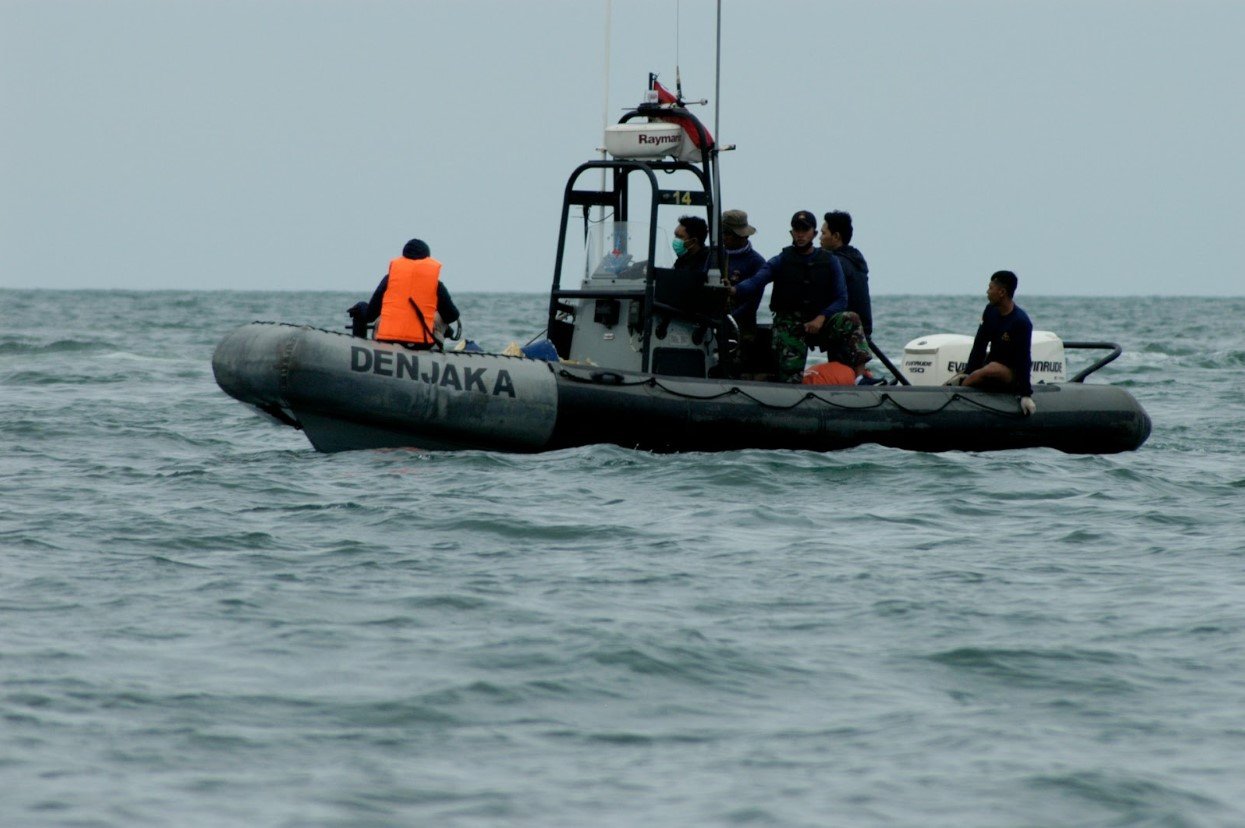
The massive Sur Pockmark Field is roughly the size of Los Angeles and is the largest such formation in North America.
The 1998 survey by the Monterey Bay Aquarium Research Institute (MBARI) counted 5,251 circular depressions. The formations measure roughly 650 feet across and approximately 16 feet deep.
A Mystery Since 1998
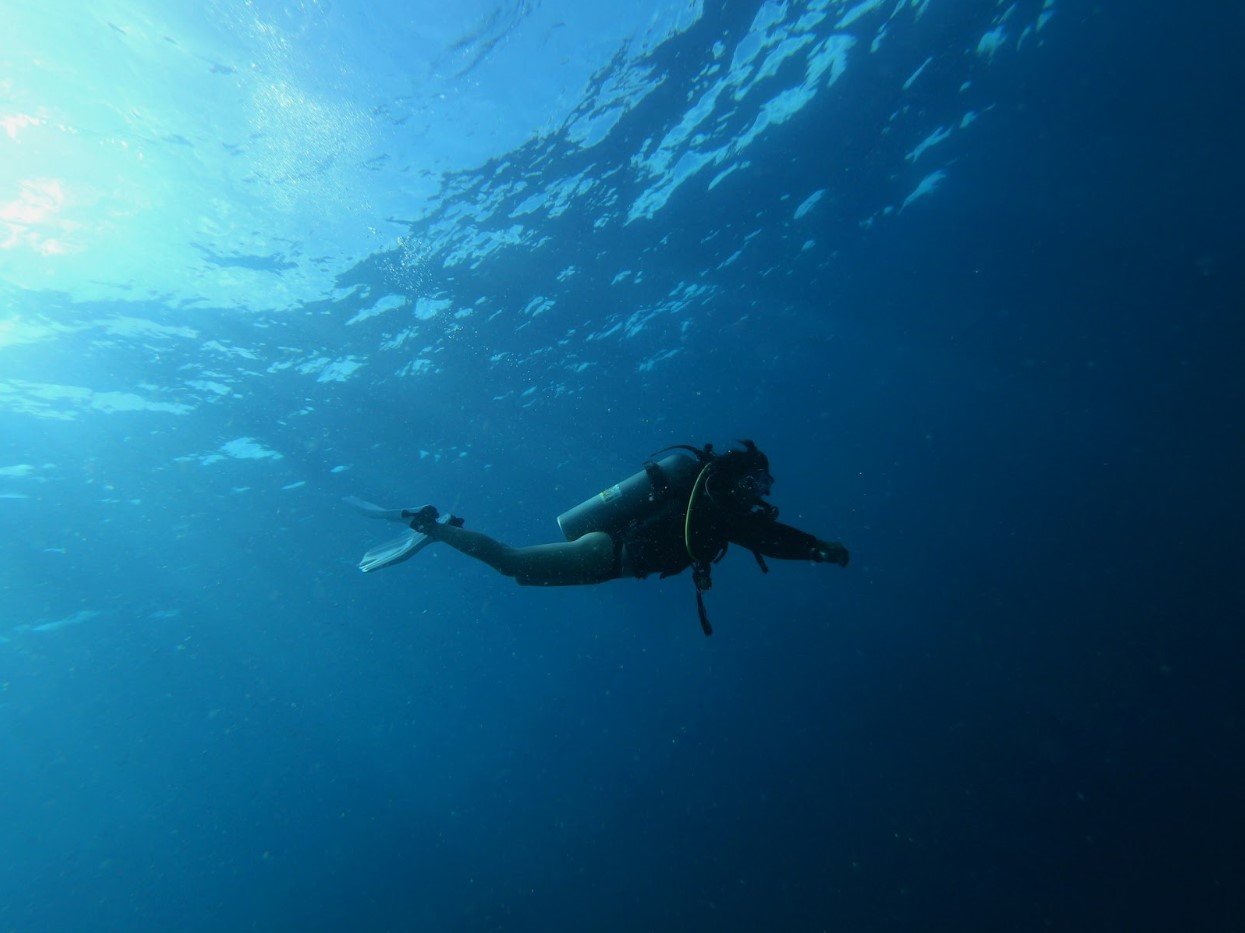
The reason for this distinctive formation of holes has eluded researchers for years since this initial survey.
To try and get to the bottom of why there are thousands of shallow holes offshore of Central California, experts looked to previous research of similar offshore formations in other parts of the world.
Previous Theories
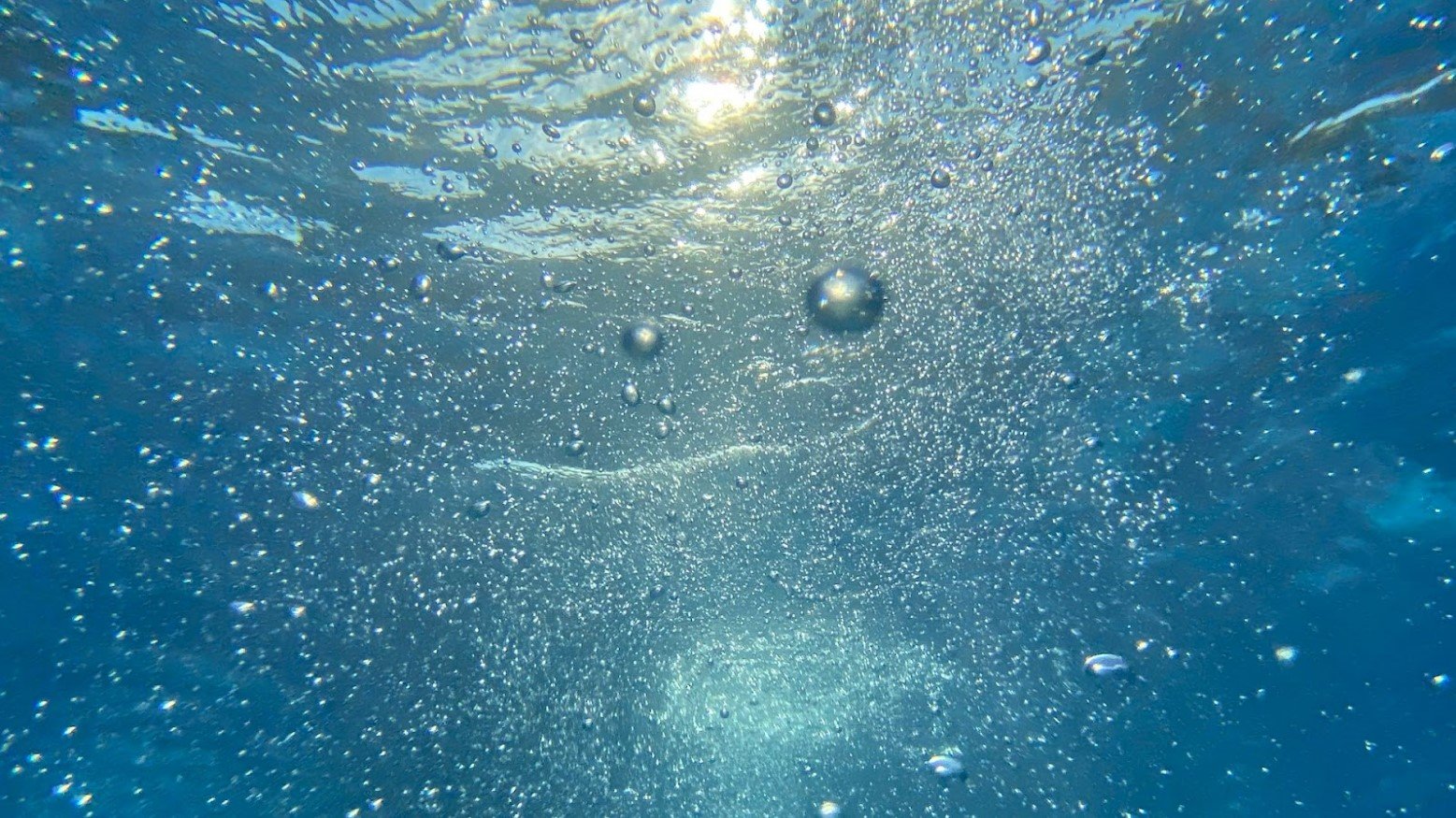
Looking to other similar formations of depressions on the seabed, initial theories pointed to methane gas potentially being the source.
Previous research in other areas of the globe suggested that large seafloor depressions similar to the Big Sur Field were formed and maintained by methane gas bubbling up through the seafloor sediment.
Stability Concerns
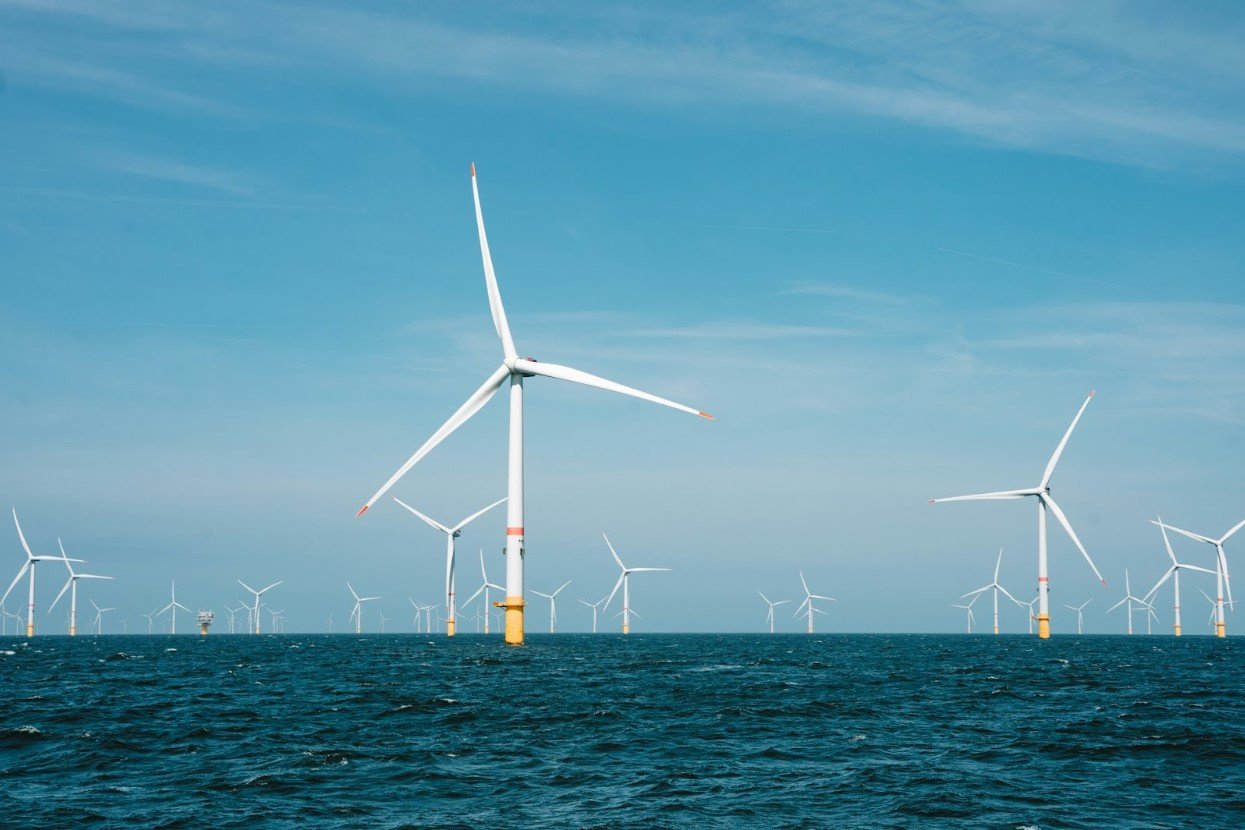
If there was methane present and the gas was responsible for the 5,000 plus holes, this could cause massive issues for planned offshore development.
With wind farms slated for construction off the California coast, resource managers were understandably concerned as to how the presence of methane could impact the stability of the seafloor in the region.
Little Evidence of Methane

A team of researchers from MBARI and Stanford University looked to investigate the region further, and part of this research involved looking for the presence of methane gas.
Fortunately, the data collected by MBARI researchers and their collaborators found no evidence of methane. This is good news for potential offshore developments but means initial theories for how the holes were formed were incorrect.
New Underwater Research
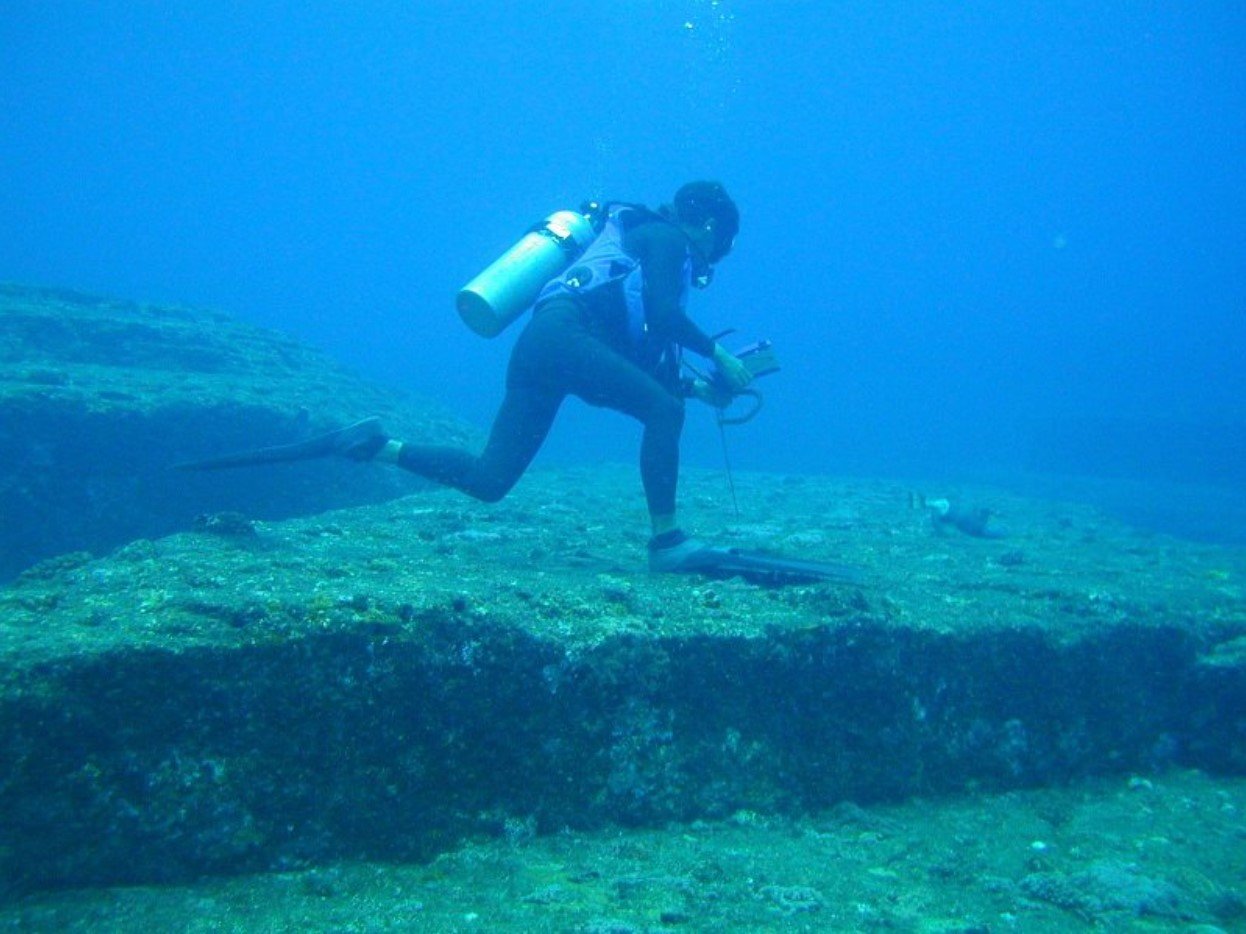
Researchers still needed to work out exactly how these holes along the seafloor came to be.
MBARI researchers, along with collaborators from Stanford and the U.S. Geological Survey, used an impressive collection of modern tools to try and get to the bottom of the mystery of the Sur Pockmark Field.
All the Toys

This multidisciplinary team used all the latest equipment to study the offshore pockmark holes and try to determine their origin.
A small fleet of impressive, state-of-the-art underwater robots were used to create maps of the field, gather bathymetric data and collect sediment core samples from the pockmarks just off the Central California coast.
New Theory for the Origin of the Holes
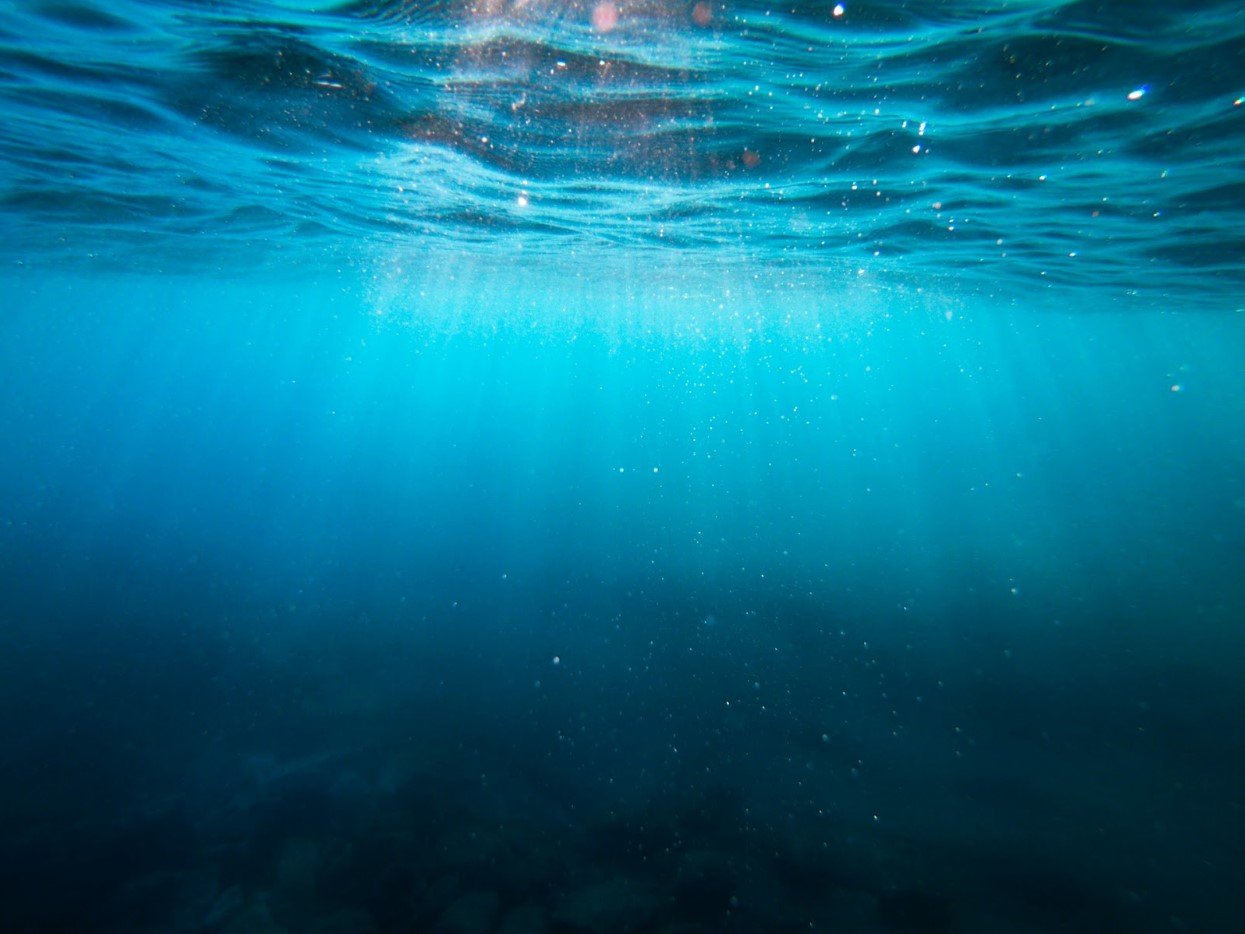
This research unveiled a new theory for the origin of the pockmark formations, and it has nothing to do with methane gas. Instead, it’s all about gravity.
In their published research, the team puts forward a theory that the formations were caused by sediment gravity flows. Essentially, these are underwater avalanches, but with sand instead of snow, that occurred in the region over the past 280,000 years.
Useful Research

“We collected a massive amount of data, allowing us to make a surprising link between pockmarks and sediment gravity flows,” said Eve Lundsten, MBARI Senior Research Technician and lead author of the study.
With its proximity to a major population center like Los Angeles, the U.S. Bureau of Ocean Energy Management marked this general area as a potential candidate for building wind farms. With this study confirming there are no potential methane-related risks. Future green energy projects can be pursued with confidence.
A Seafloor Mystery Finally Solved?
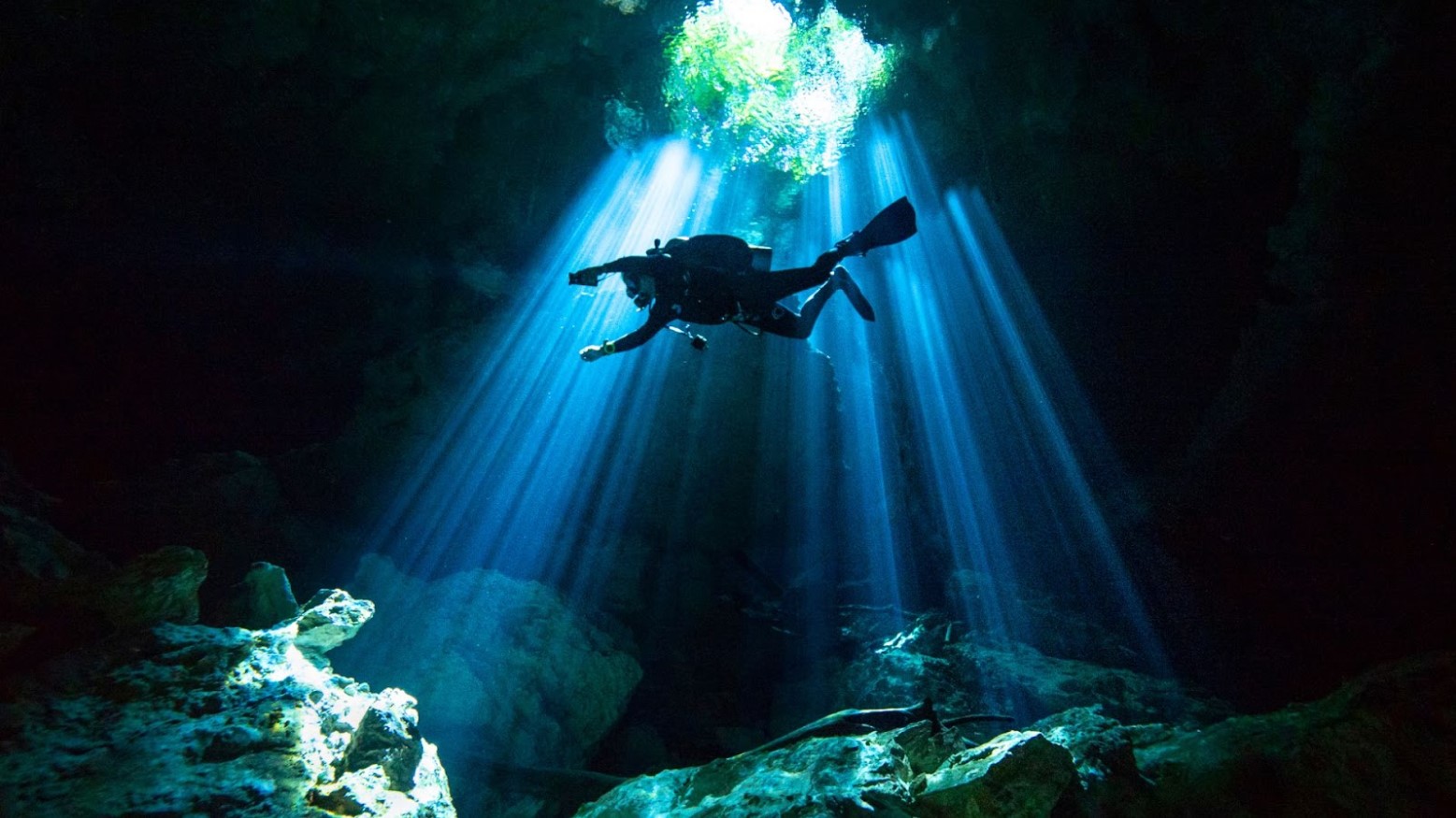
This multidisciplinary research team may have solved a mystery that has baffled oceanography experts for almost a quarter of a century.
Not only is this theory for the origin of the Sur Pockmark Field interesting from a scientific standpoint, but there are practical applications to the findings. It’s especially good news for the prospect of offshore wind farm developments in the area.
